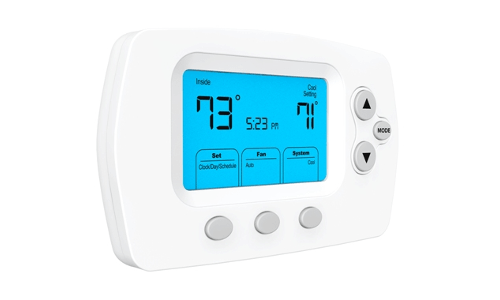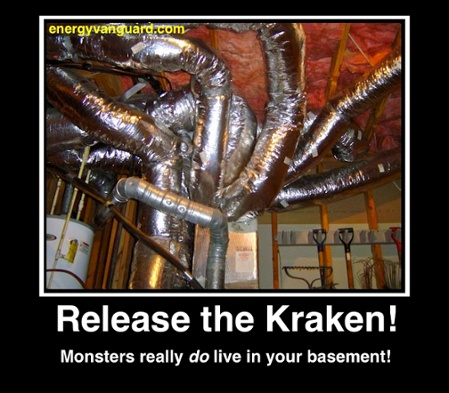Why You Should and How You Should Clean Your Dryer Vents
- By 7064132288
- •
- 25 Nov, 2019
- •
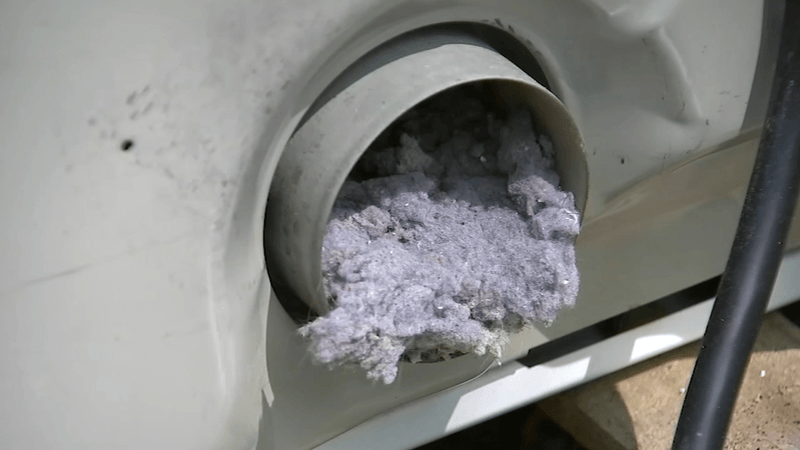
Signals of Lint Buildup
When it comes to lint buildup there are a couple of things you want to look for;
Clothes are not drying fully or are taking longer to dry than usual.
Your clothes feel hotter than usual at the end of your dryer cycle.
The outside of the dryer is overheating or feels hot to the touch.
Low exhaust velocity, which is indicated by your outside exhaust flap not opening fully.
Noticeable difference in humidity in the laundry area.
A burnt smell is permeating from your dryer.
All of these listed above are signs that it could be time to clean out your dryer vents. Make sure to keep an eye out for these signs to avoid fires and lower efficiency of your dryer system.
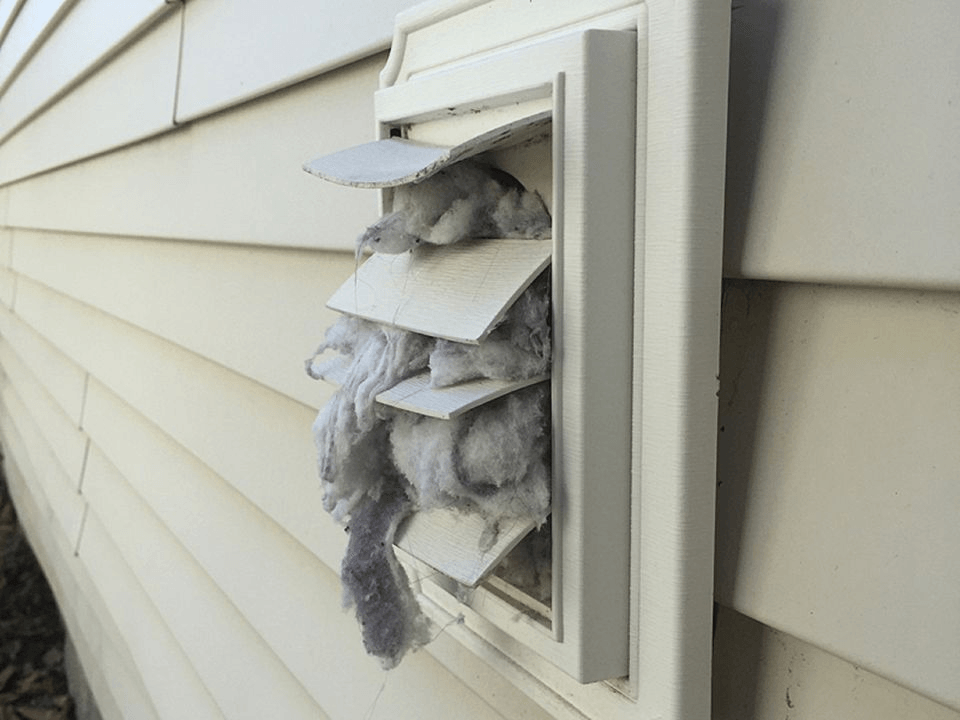
Tools For The Job
First you will need a vacuum with a long hose extension. Second you will need a dryer vent brush kit, which should be available at your hardware store. Third you will need a Phillips head and, or flat head screwdriver. Lastly you will need UL- listed foil tape.

Safety Considerations
First before you ever work on anything be sure that the power to your device is off. In this case it’s a dryer. Make sure to wear gloves and the proper safety equipment as well. Here at A-PLus Comfort LLC your safety is our number one concern. After you’ve acquired all the correct equipment and completed the steps above, you are ready to start cleaning!
Remove the Dryer Lint Trap
Carefully remove the trap in your dryer that catches all the excess lint from your clothes. Using a vacuum get all the excess lint caught in the screen of the trap. Make sure to clean thoroughly. Once completed there shouldn’t much lint at all left. Cleaning this regularly with help prevent lint buildup in your vents.
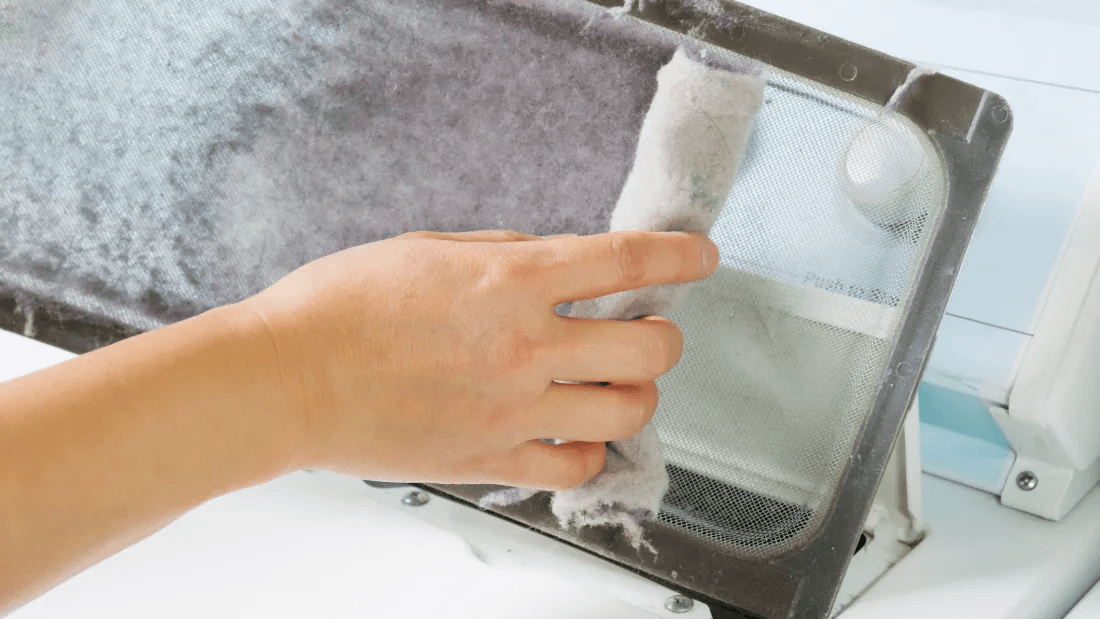
Vacuum the Lint Trap Housing

Dryer Ductwork
The next step to this cleaning process is disconnecting your ductwork from your dryer system.
First make sure your dryer is unplugged and the breaker to it has been flipped to off so no power is going to your dryer. If it is a gas powered dryer make sure that the gas valve is shut completely off. Disconnect the duct joint closest to the dryer. Next pull your dryer away from the wall and ductwork. Be careful not to rip or puncture your duct system. Also make sure it has been completely disconnected from the dryer before you attempt to pull the dryer out. Next pull out any excess ductwork, and carefully remove any old take from the duct system. Using the manufacturer's instructions carefully assemble your duct brush kit. Insert the duct and rotate it in circular motion. Make sure to pull out the brush assembly regularly and clean it. Repeat this process until there is no more more visible lint. You will clean the remainder of the duct system using these same techniques. After that is complete check the outdoor dryer vent and clean that until it’s free of debris.
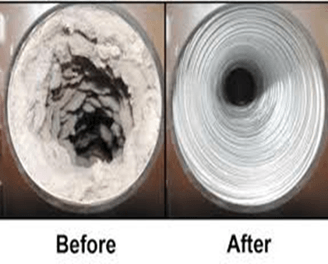
Reattach Your Ductwork
Closing Statements

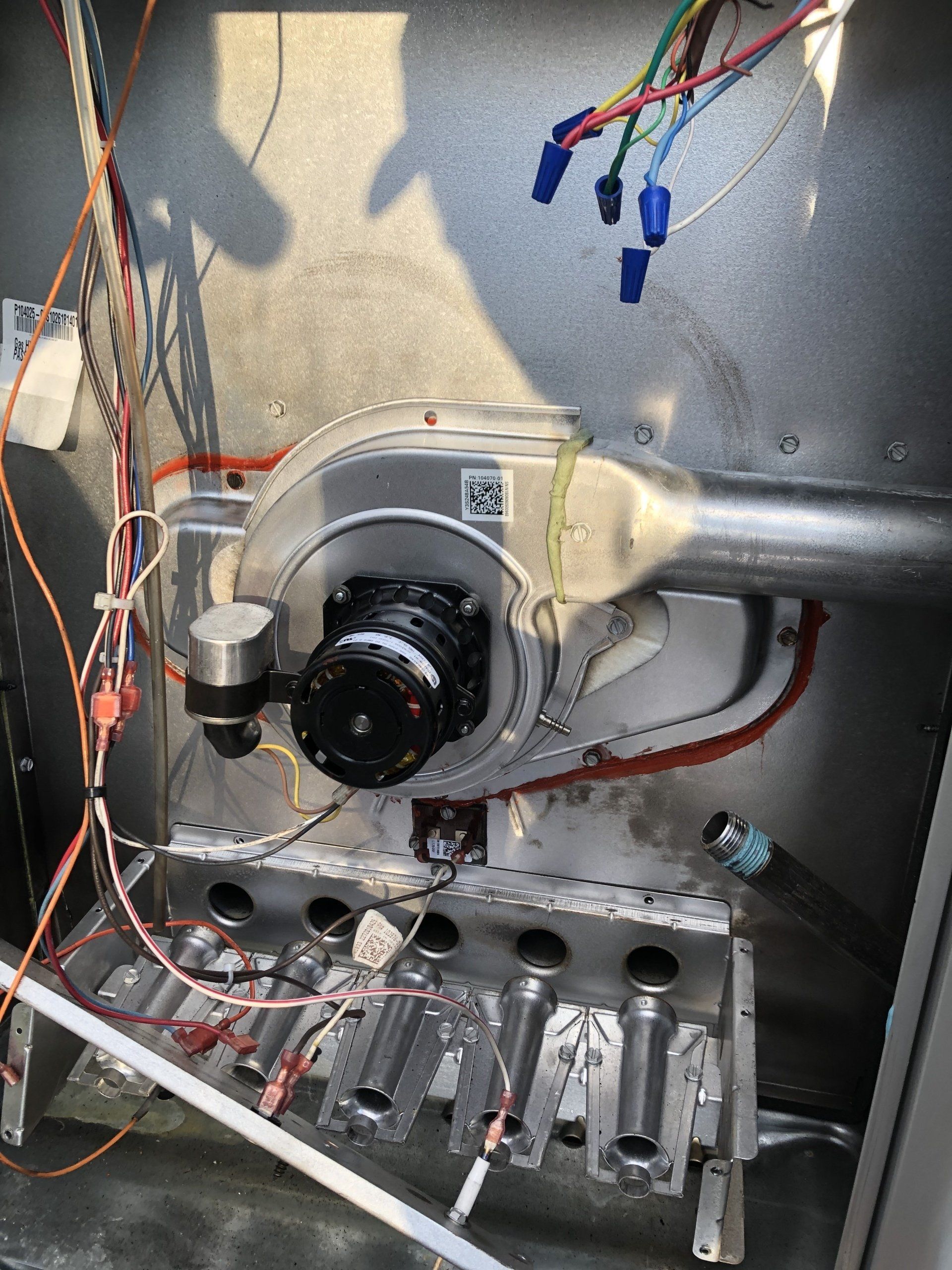
There are many different parts that keep your furnace operating smoothly and efficiently. Below we will be breaking down the individual parts of your furnace system. We are going to be focusing on gas powered furnace components and non-geothermal heating methods. We are not going to be focusing as much on furnaces such as space heaters, but a lot of the space heaters have the same parts. We want to focus today on furnaces that are directly tied into a HVAC system. The furnace components we will be discussing will most likely belong to your standard furnace that is tied into a duct system.
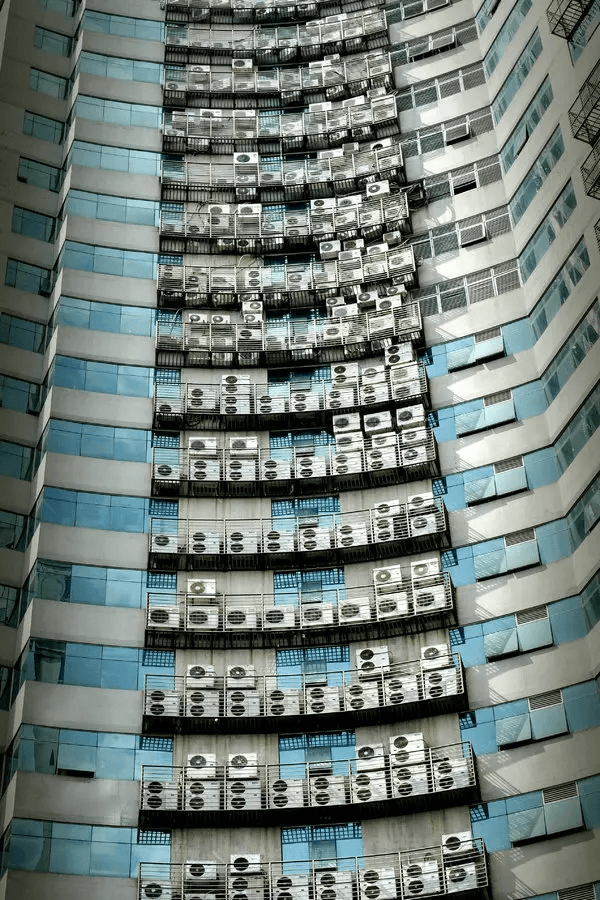
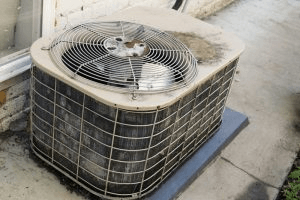
Furnaces typically have a life expectancy of 15-20 years on average. Heat pumps last 16 years on average. Air conditioning units generally last 16-20 years. Tankless water heaters have a life expectancy of 20 years while a gas or electric water heater have a life expectancy that’s half that. Even though the older units were significantly less energy efficient, they malfunctioned a lot less. In the older units there were much less parts that could malfunction and the system while low in efficiency was very straightforward. Due to the lack of moving parts the older systems could take a lot more abuse from the elements and much less maintenance. They were less susceptible to dirty filters, plant overgrowth on the outside of the condenser, dirty blower wheels, dirty coils, and oversized ductwork. The newer systems save you much more money relative to the old ones. The new units require more maintenance but have the potential to last just as long as the old units while simultaneously saving you way more money on energy efficiency.

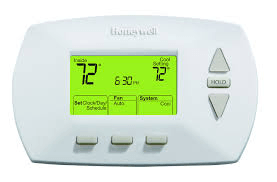
Convenience is the first reason we are going to discuss why a programmable thermostat is right for you the consumer. If you like your home at a certain temperature, a programmable thermostat can ensure that it stays in the temperature range you set for it. Not only that, you can program the thermostat to make your house reach a certain temperature before you arrive home in the afternoon and before you get up in the morning.
These settings are what differentiates between a normal and programmable thermostat. Because of these settings your thermostat will help you save lots of money by not running while you are away. It has been reported that the average consumer can save about 10-30% on their heating and cooling costs alone. Maximum energy saving settings are pre-programmed for your convenience. A programmable thermostat has precise temperature control with only one degree variations. Most programmable thermostats also tell you when it's time to change out the filter in your unit as well.
A programmable thermostat is compatible with almost all systems and is super easy to install. There are many programmable thermostats to choose from according to your lifestyle. For every consumer a programmable thermostat is a cost effective and smart option. If you have kids for example and the kids get home earlier than you, sure you could trust them with your thermostat, but with a programmable one you wouldn’t have to worry about that at all. Your home will be the exact temperature that you want it at when you arrive or leave your home. With the hustle and bustle of busy life who wants to worry about the thermostat. Go out and get a programmable thermostat today or call us.

A zone control system splits your home into multiple zones. By doing this a zone system is increasing the efficiency of your system. Also each zone can be heated or cooled independently of the other zones. For example you may like your bedroom much cooler than your living room. A zoned system can ensure that is achieved.

A-Plus Comfort LLC, is a veteran owned and operated HVAC business. Collectively our technicians and staff have over 20 years of experience, and understand that you the consumer deserve the best quality service provided. Here at A-Plus Comfort LLC, our mission statement is ensuring customer satisfaction and comfort.

